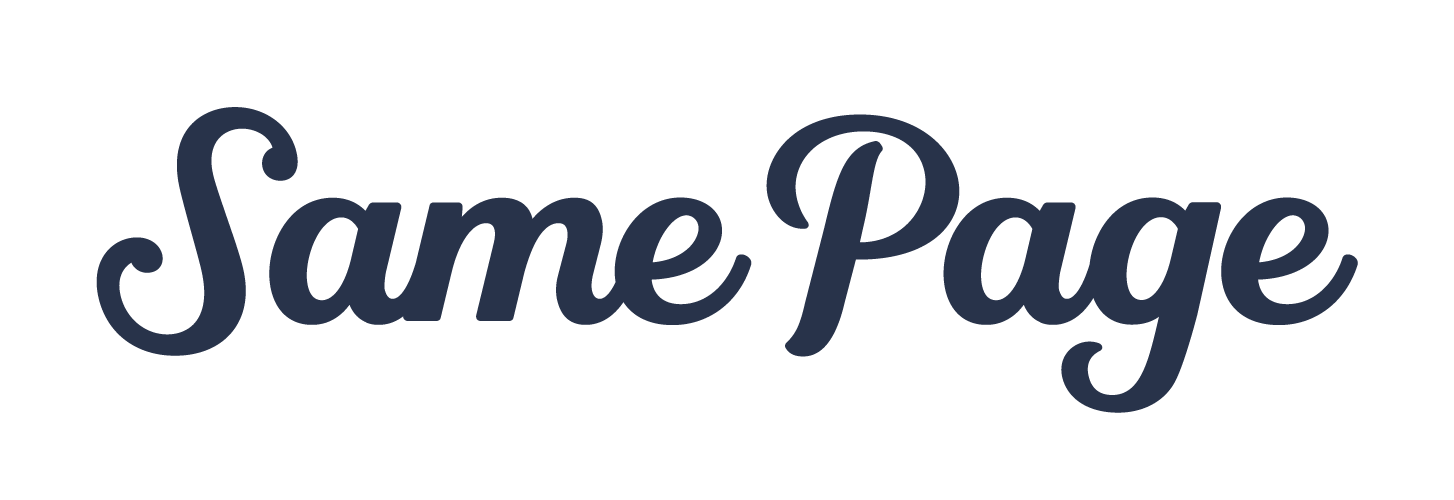Pattern recognition
History never repeats itself, but it does often rhyme.” —Mark Twain
I had just finished lunch with the founder of a fledgling software company that would subsequently grow into a $3 billion valuation.
This was my third such meeting with him, the final step in an exhaustive interview process for a dream job.
I had already met with the COO, the leadership team, a handful of frontline employees, and the six-person support team—a memorable panel interview during which they pulled up support tickets I had submitted in the past as a user of the product to "make sure I wasn't a jerk".
Between bites of hamburger we began planning, in great detail, all the work we would do together. It felt like I had already started the job.
Then I found out this lunch was not the final step.
As he paid for our meal he casually dropped that he wanted me to take a video call with a company advisor based in Silicon Valley.
“Of course,” I said. “Happy to.”
This step felt perfunctory. It was not.
The call went fine. The advisor was knowledgeable and likable enough. I remember struggling a bit with my audio (this was early Zoom days after all), but I thought I did a good job.
Then he dropped the hammer on me.
“Sorry, but this isn’t a fit,” he said. “You don’t have the pattern recognition to do this job. Reach back out once you’ve seen this movie a few times.”
It was a gut punch. Pattern recognition? What the hell does that even mean?
I fumed for a while, but as time went on I realized he was probably right.
Could I have figured it out? I’d like to think so, but there was no question it would’ve been a struggle. The company was about to go through insane growth at a scale I had never experienced from any seat—much less from a leadership position.
(And who really needs millions of dollars worth of stock options anyway?)
Over time I would learn to use pattern recognition to my advantage.
Long before that fateful Zoom interview, my career path had already taken a challenging turn when the company I was working for shut down during the global financial crisis of 2007.
It was terrifying for a few days, but I soon felt a sense of overwhelming calm.
The entire world felt like it was imploding, so why should I stress about losing a job that I didn't love anyway?
I still look back on that period of unemployment with nostalgia. I got in shape. I spent more time with my wife. I took long walks with my dog and met friends for drinks in the middle of the afternoon.
Most importantly, I felt free (and brave) enough to take a chance on a risky job opportunity that would become one of my greatest career moves.
Fast-forward to the pandemic-induced recession of 2020.
I had seen the movie before (well, a similar one anyway) and knew what to expect. Things would feel bleak, but eventually normalcy would return. This put me in a position to remain calm and seize on the opportunity to start my own business.
Pattern recognition is the cognitive process of matching what you are seeing and experiencing with memories of similar experiences. When you recognize a pattern, you can better predict what’s coming next.
Pattern recognition is why managing employees gets easier the more you do it and why sales reps get better at overcoming objections the more they pitch. It's how smart investors remain calm when the stock market crashes—and disciplined when it takes off again. It's why raising a second child feels less scary than the first.
Whatever movie you are watching right now will play again someday.
Better pay attention.
· · ·
Working Theories is published weekly. Sign up here to get it delivered directly to your inbox.
